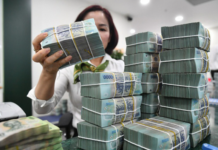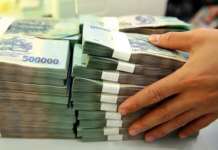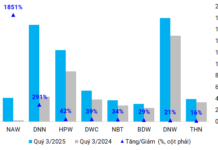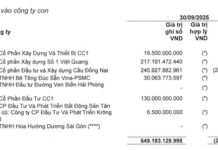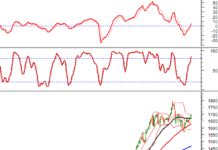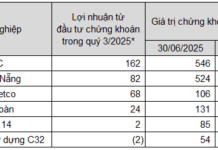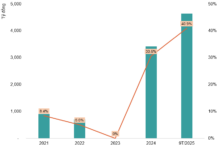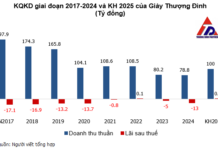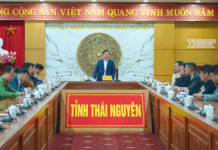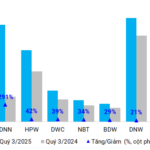According to the Ministry of Finance, economic growth and development have always been central tasks for the Vietnamese government, playing a pivotal role in the country’s strategic development. The Communist Party’s policies and economic growth promotion measures over the past 80 years have demonstrated the country’s remarkable transformation from a centralized planned economy to a socialist-oriented market economy.
These steps have not only helped the country escape poverty but also aim to achieve the goal of becoming a high-income country by 2045.
Impressive Economic Development Achievements
The Ministry of Finance affirms that over the past 80 years, Vietnam has risen resiliently from the devastation of wars to achieve impressive economic development achievements, gradually asserting its position in the international arena.
This journey is marked by several transformative stages, from overcoming difficulties to building an independent economy, reforming management systems, deep integration, and setting the goal of becoming a developed, high-income country by 2045.
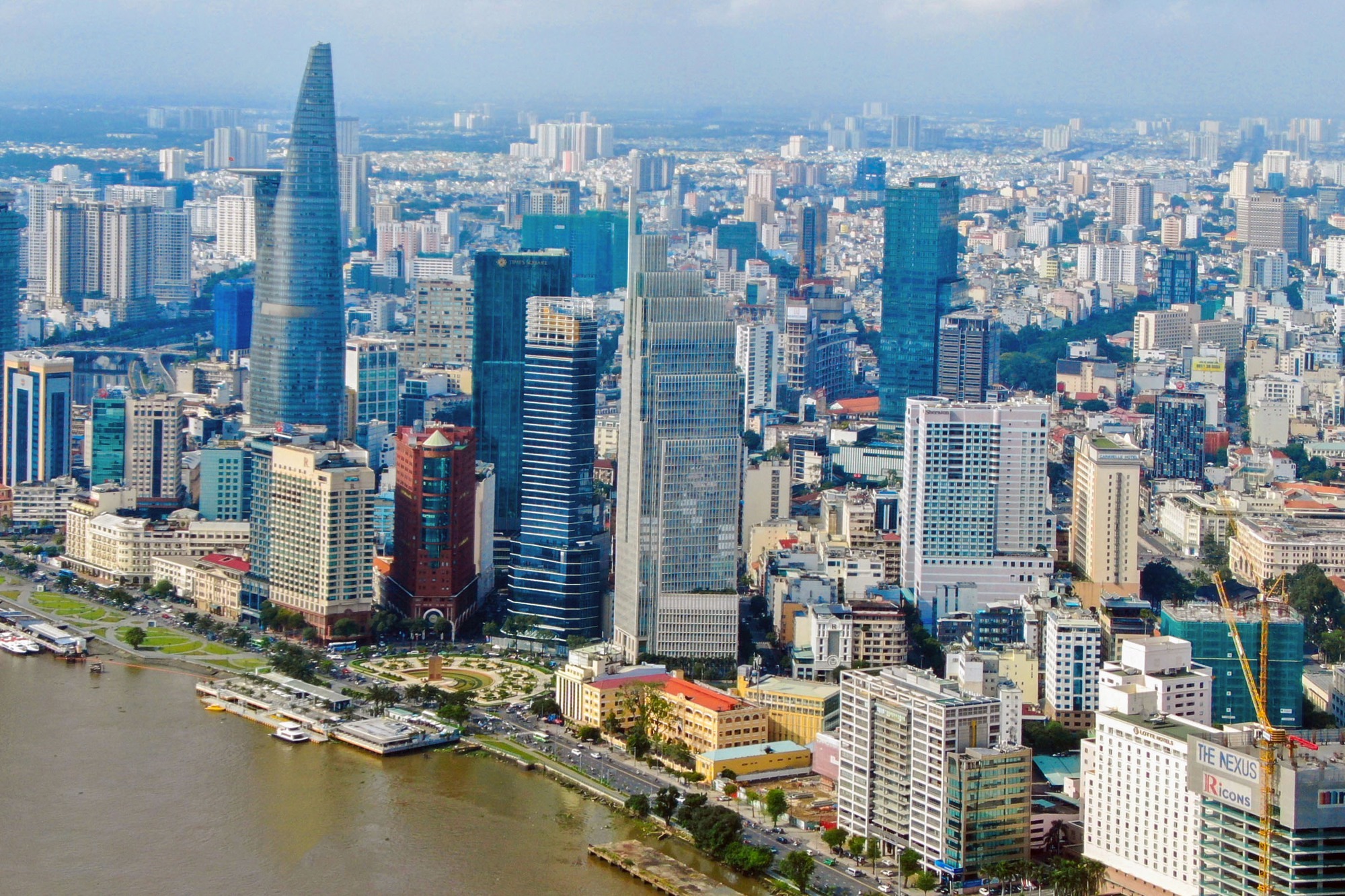
Vietnam’s economy has grown strongly in the past. Photo: Hoang Trieu
The period from 1945 to 1985 was a phase of overcoming challenges, achieving independence, and building a self-reliant economy. This era was filled with trials and hardships for Vietnam’s economy. Immediately after gaining independence, the country faced the severe aftermath of prolonged wars, resulting in significant infrastructure destruction, stagnant production, and extremely difficult living conditions for its people.
However, with strong determination and a spirit of self-reliance, Vietnam focused on restoring production and gradually building an independent and autonomous economy.
The period from 1986 to 2000 was a phase of economic management reform and spectacular transformations. With the advent of the Renovation (Đổi Mới) period, the Sixth National Congress of the Communist Party of Vietnam (in 1986) introduced comprehensive renovation policies, transitioning from a centralized planned economy to a socialist-oriented market economy.
Vietnam implemented numerous bold reforms, such as ending the subsidy mechanism and developing a multi-sector economy. The country recognized and encouraged private economic sectors and foreign-invested enterprises, creating a strong impetus for production and business activities.
Economic growth rose from a low level of around 4.97% on average during the 1987-1990 period to 7.73% in the 1991-2000 period. Notably, during the 1992-1997 period, the average GDP growth rate reached 8.89%. This, according to the Ministry of Finance, “demonstrates the spectacular transformation of the economy from stagnation to dynamic development.”
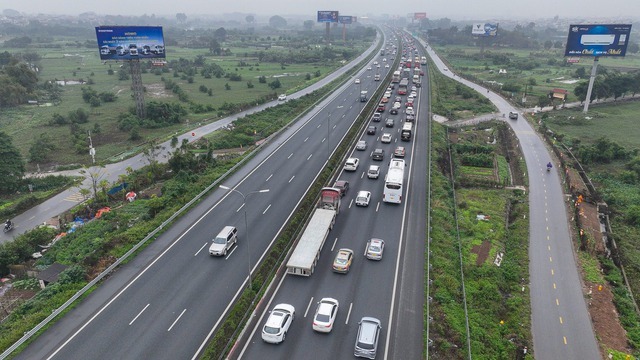
Transport infrastructure has been heavily invested in, contributing to socio-economic development.
The period from 2001 to 2025 is a phase of rapid development, deep integration, and future orientation. This era witnessed Vietnam’s efforts to modernize and deeply integrate its economy internationally. Building on the solid foundations laid during the Renovation period, Vietnam implemented significant institutional reforms, expanded foreign relations, and actively participated in global economic arenas.
Specifically, from 2001 to 2010, the average GDP growth rate reached 7.12%. During the 2011-2020 period, despite facing challenges from the global economic crisis and the COVID-19 pandemic, Vietnam maintained a fairly high GDP growth rate, averaging 6.21%.
The economic structure also underwent a clear shift towards industrialization and modernization. Notably, in recent years, Vietnam has been recognized as one of the fastest-growing economies in the region and the world.
Minister of Finance Nguyen Van Thang stated that in the last five years, economic growth averaged about 6.3% per year from 2021 to 2025, ranking among the highest growth rates globally and regionally. In 2025, Vietnam aims for a growth rate of 8.3-8.5% as directed by the Party and the State, with a per capita GDP of about $5,000, elevating the country from a lower-middle-income country to an upper-middle-income one. In the first six months of 2025, economic growth reached about 7.52% compared to the same period, essentially meeting the government’s scenario (7.6%), surpassing international organizations’ forecasts and the highest in almost 20 years.
The Minister of Finance also highlighted notable achievements, including the state budget revenue reaching approximately 2 quadrillion VND. The proportion of investment and development expenditure increased to 32%, ensuring resources for development investment and completing the target of 3,000 km of expressways and about 1,700 km of coastal roads, surpassing the goal set by the 13th National Party Congress. The state budget deficit accounts for about 3.3-3.4%, and public debt is about 37% of GDP, ensuring national financial security, with the country’s credit rating always in the stable outlook category.
In 1986, the economy’s GDP scale was only $8 billion, but by 2024, it had reached $476.3 billion, a 59.5-fold increase. The country’s brand value in 2024 reached $507 billion, ranking 32nd out of 193 countries.
A Highly Open Economy
Dr. Pham Anh Tuan, Deputy Director of the Institute of Vietnam Economy and the World, assessed that during the 2004-2023 period, trade and investment openness continued to be a central driving force for Vietnam’s economic growth, shaping the development model towards integration, competition, and export orientation. With the strategy of “opening up to develop,” Vietnam has not only deeply participated in global value chains but has also become one of the most open economies in the region and the world, emphasized Dr. Tuan.
In terms of trade, Vietnam’s import and export turnover has increased nearly tenfold in the past 20 years. According to Dr. Tuan, it rose from about $70 billion in 2005 to about $683 billion in 2023, with exports reaching $354.7 billion and imports at $328.1 billion, resulting in a trade surplus of $26.6 billion, a record high. “The ratio of total import and export turnover to GDP has exceeded 185% for many consecutive years, reflecting the deep trade integration of Vietnam’s economy,” the economic expert evaluated.
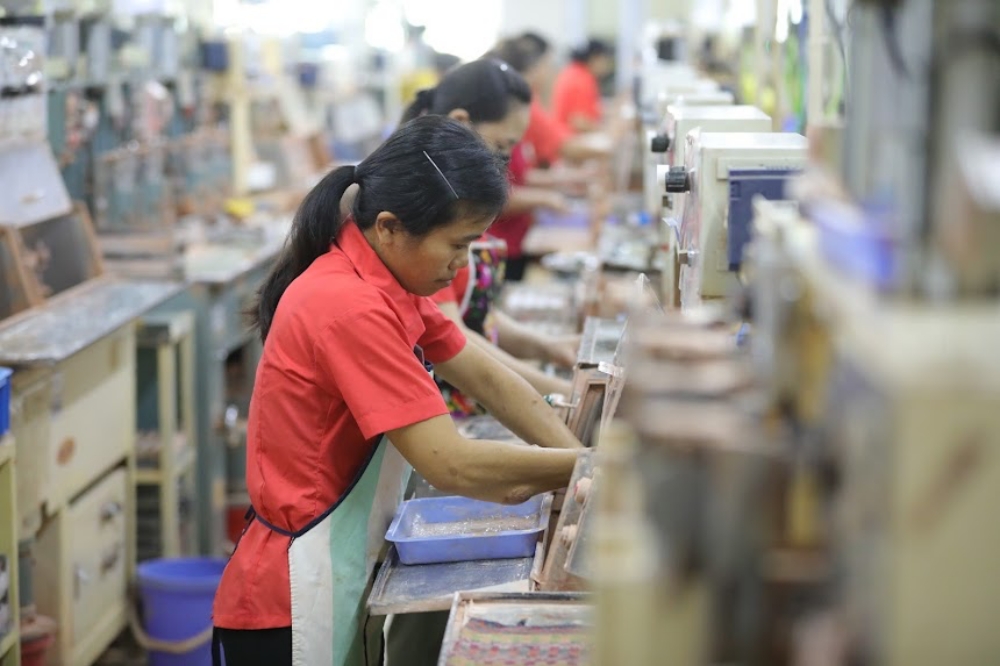
FDI inflows have consistently increased, boosting Vietnam’s economic development.
Foreign investment inflows into Vietnam have consistently increased. By the end of 2023, Vietnam had attracted about $450 billion in registered FDI, with about $285 billion in realized capital. Notably, over 60% of FDI was directed to the processing and manufacturing industry, helping Vietnam form large production and export clusters in electronics, textiles, footwear, wood processing, and automobiles and motorcycles.
According to Dr. Tuan, the development of the FDI sector has led to a significant increase in exports. Simultaneously, Vietnam has proactively and actively participated in more than 15 free trade agreements (FTAs), including new-generation FTAs such as CPTPP and EVFTA, which have contributed to market expansion, tariff reduction, and enhanced international trade status.
Economist Dr. Nguyen Bich Lam, former Director General of the General Statistics Office (now the Statistics Office), stated that Vietnam has been agile and flexible in implementing open and internationally integrated policies, escaping a state of isolation. Dr. Lam emphasized that with a renovation mindset and international integration orientation, FDI attraction has become an essential driver, promoting economic growth and transforming the development model.
“For the past four decades, renovation has been the key to economic development, eliminating the administrative command and subsidy mechanisms, helping Vietnam overcome crises. As a result, the country has risen to become one of the most dynamic economies, with impressive GDP growth,” Dr. Lam observed.
Dr. Nguyen Bich Lam pointed out that the global economic system is currently reshaping with challenging crossroads. In this context, Vietnam is resolutely promoting reforms and streamlining the political system and local government organization toward a two-tier model, creating a premise for new development space.
Simultaneously, the Party and State have identified a “strategic quartet,” including developing science, technology, and innovation, promoting national digital transformation, enhancing international integration, improving legislation and law enforcement, and encouraging private economic development.
Brand Infringement in Business: A Critical Analysis and Policy Recommendations
In today’s rapidly globalizing world, where creative economies thrive, brands have become invaluable assets for businesses. The infringement of this asset results in financial losses, threatens public health, and erodes consumer trust.
Revolutionizing Vingroup’s 7,000-crore-dong Project: Hòa Phát Unveils a Masterful Creation
The Hoa Phat exhibition showcases an extensive ecosystem of high-quality steel products, emphasizing the company’s position as the largest steel manufacturer in Vietnam and Southeast Asia. With a diverse range of offerings, Hoa Phat solidifies its leadership in the industry, presenting a comprehensive portfolio that caters to varied needs and reinforces its commitment to excellence.









